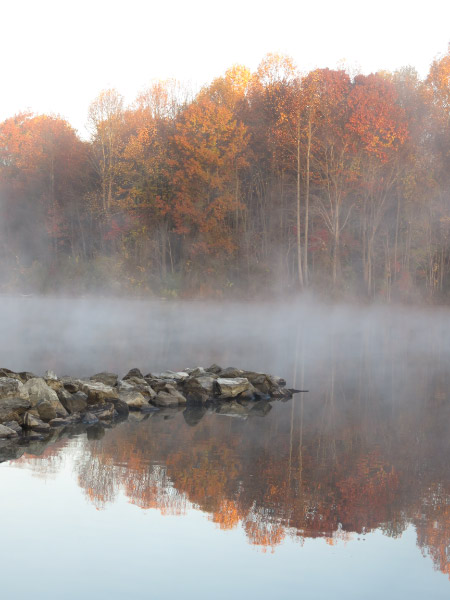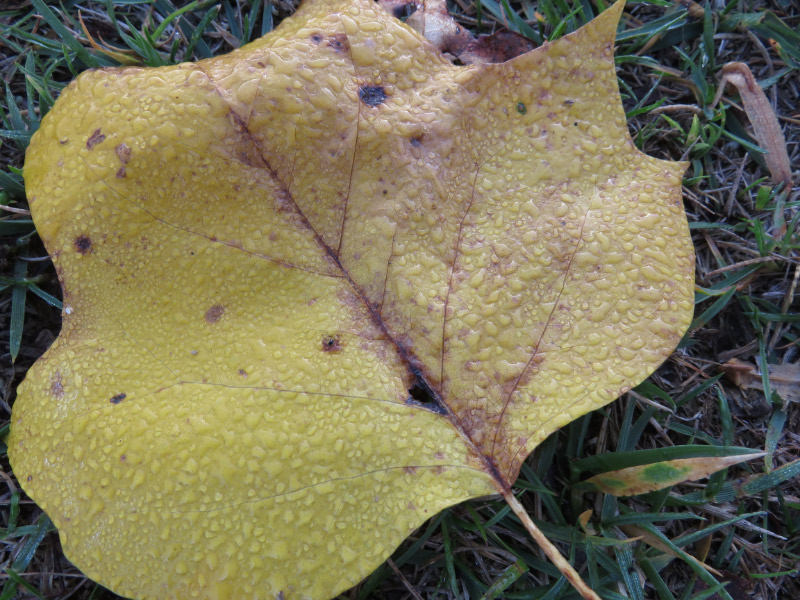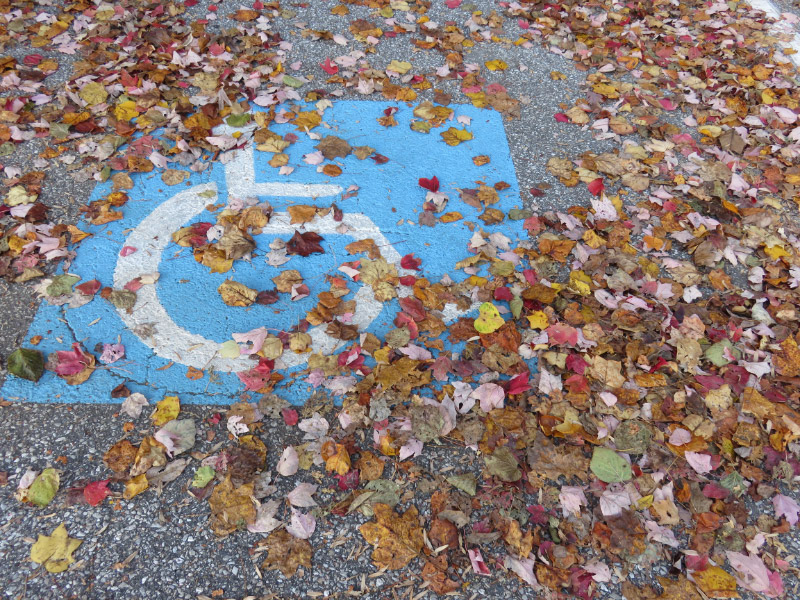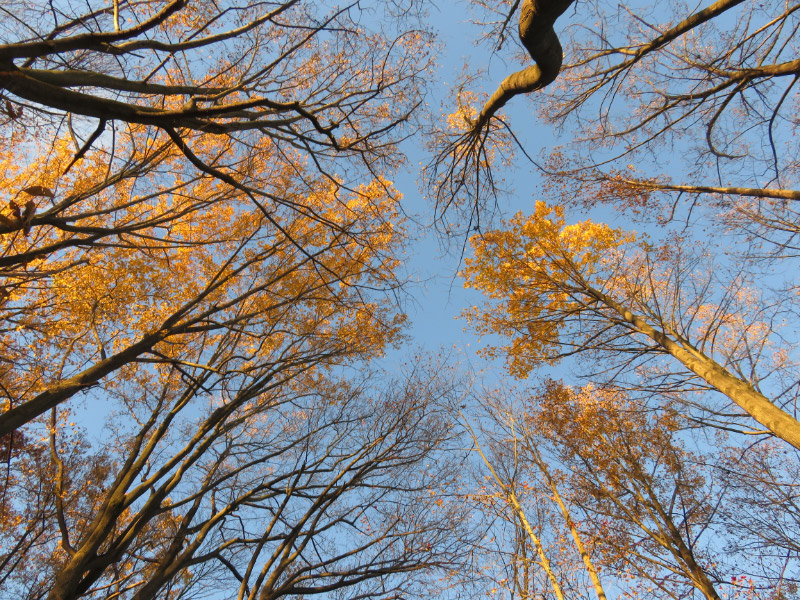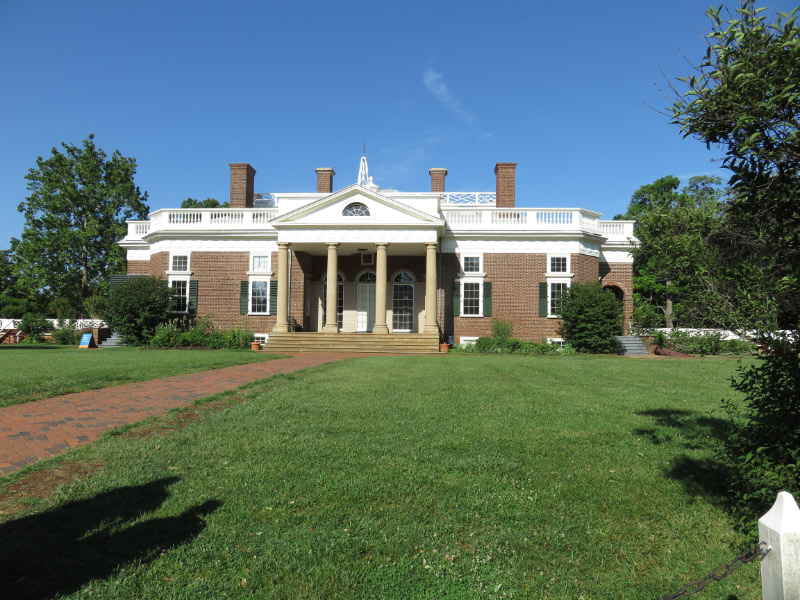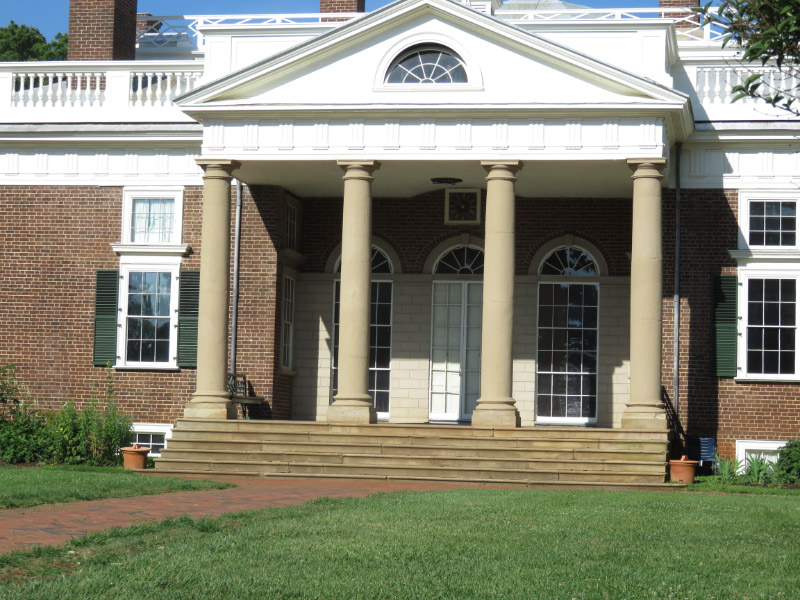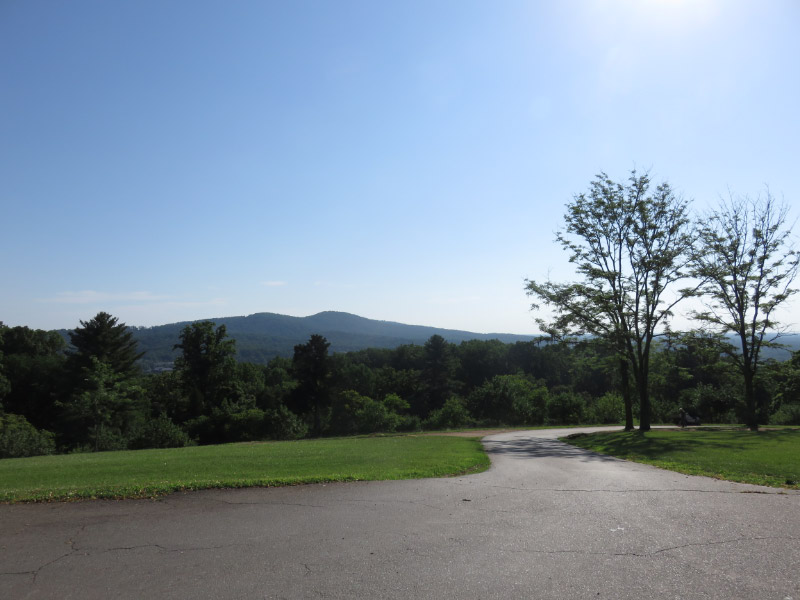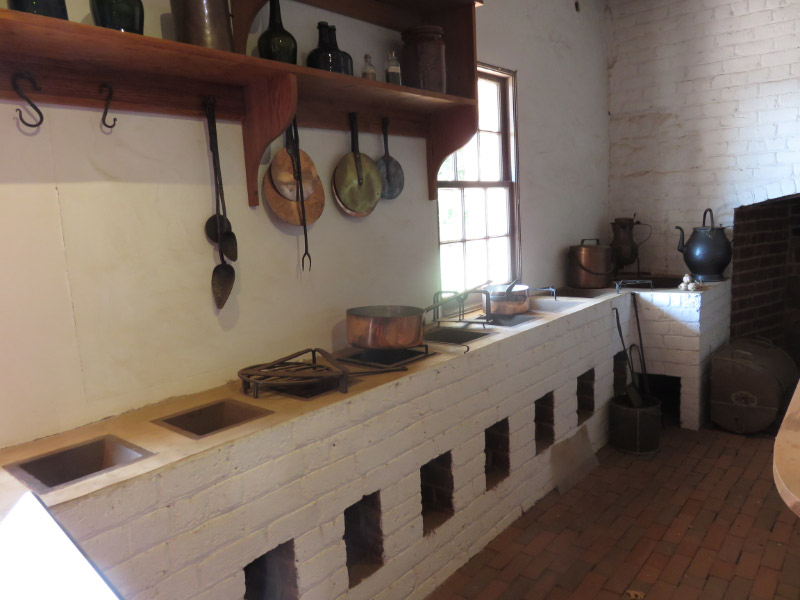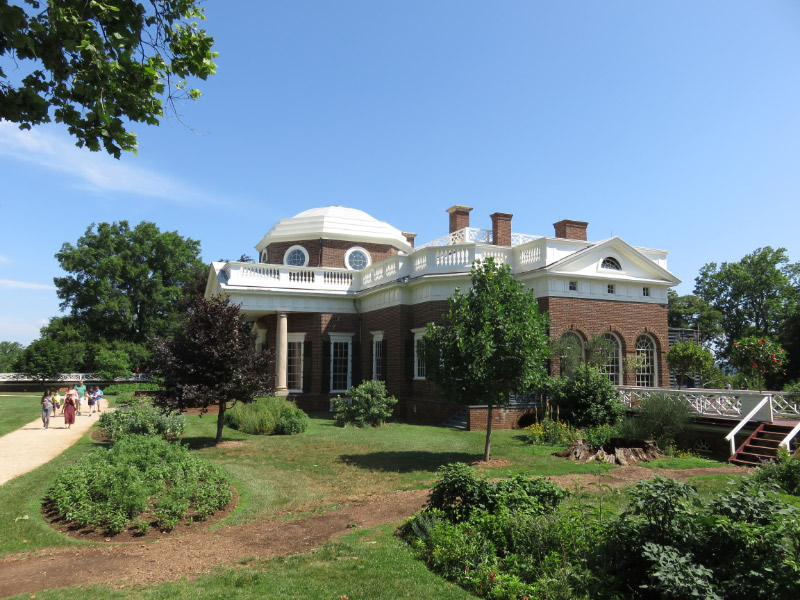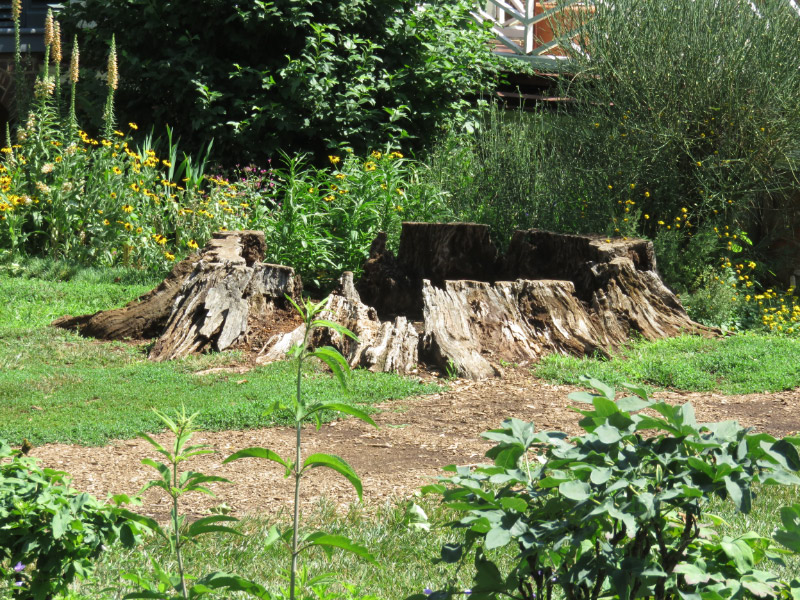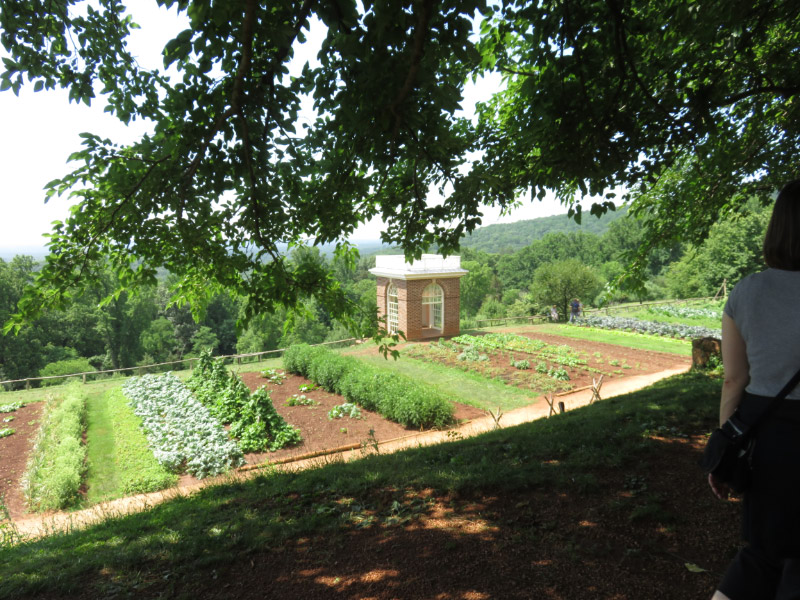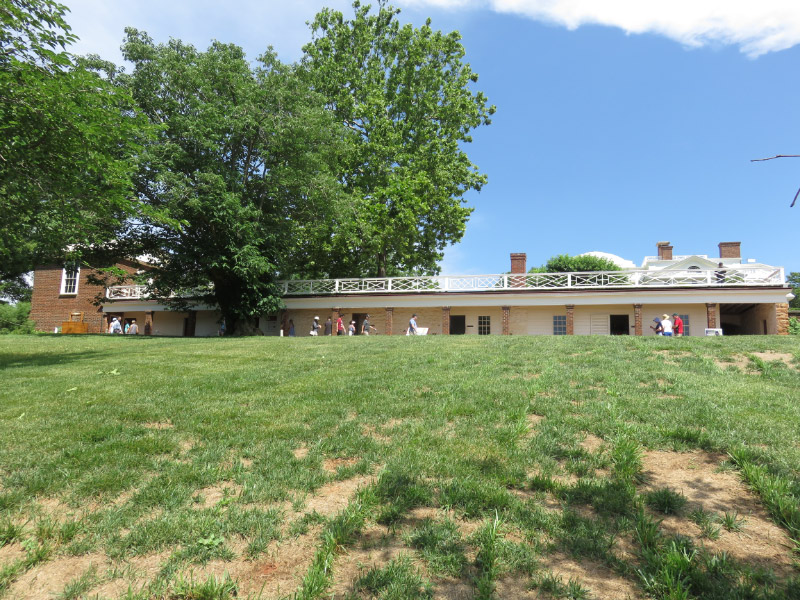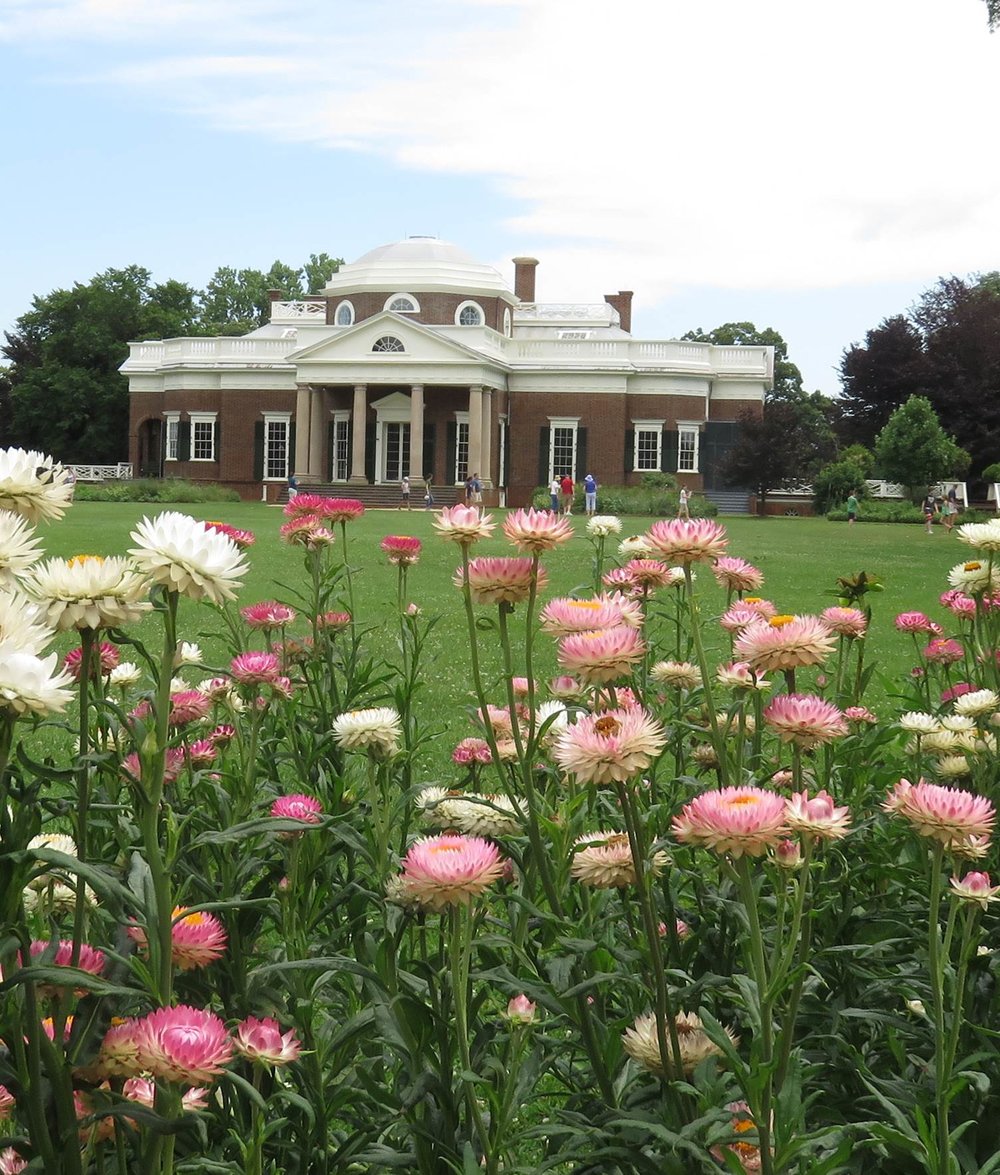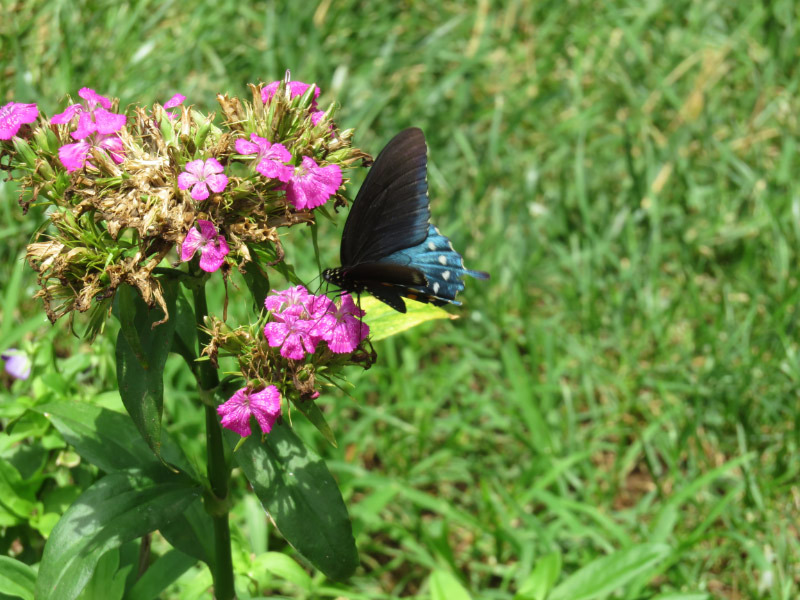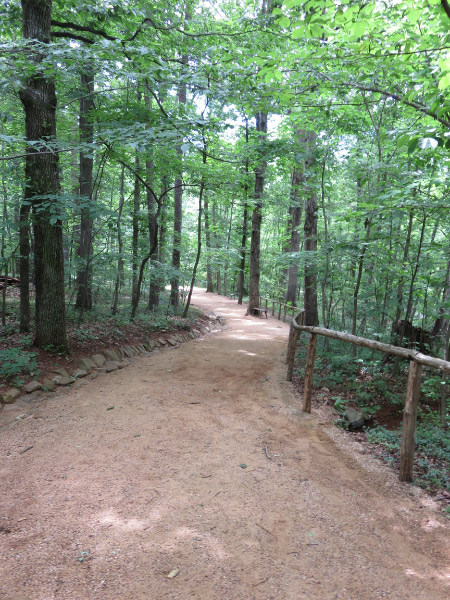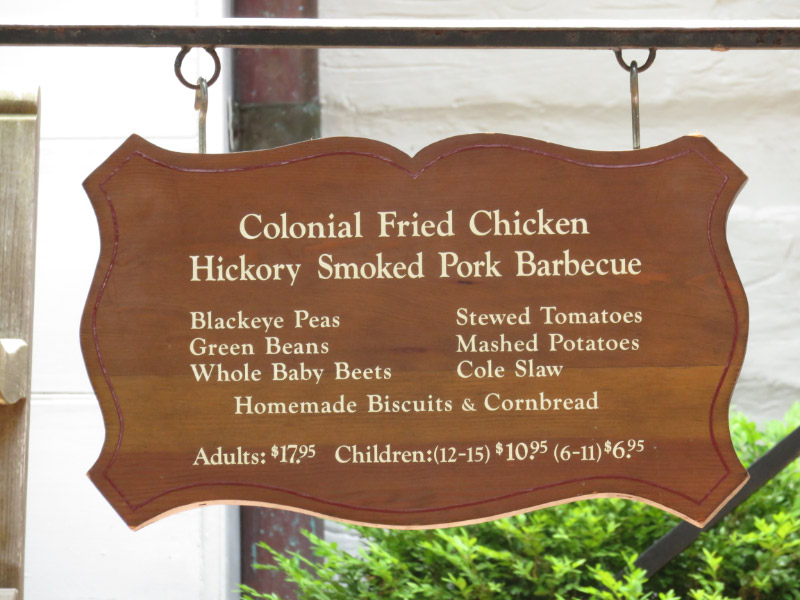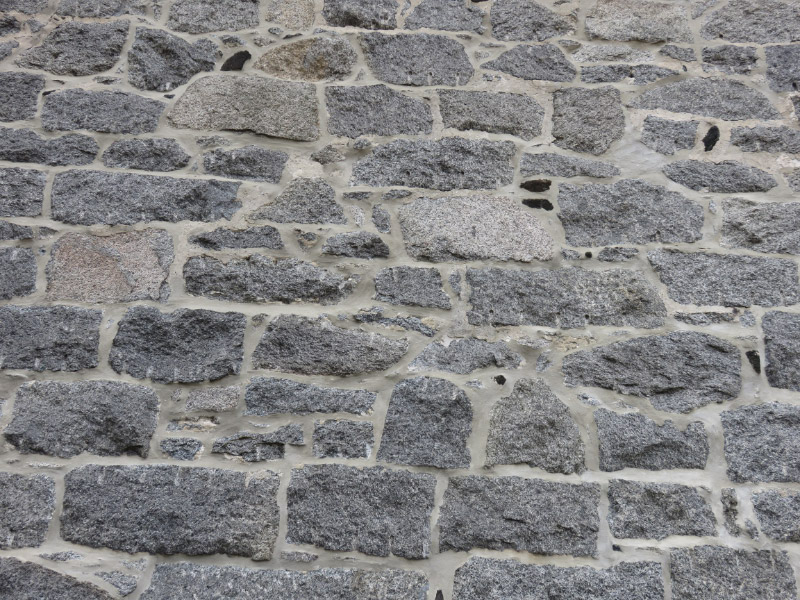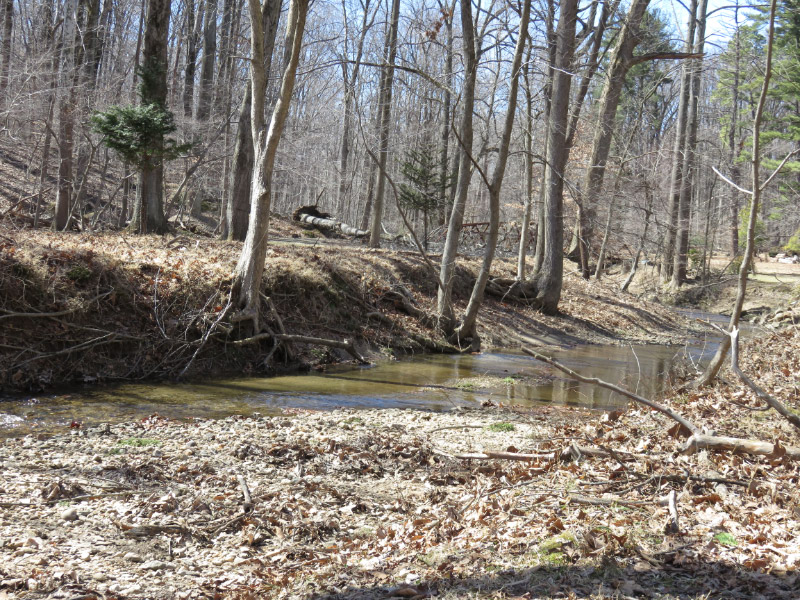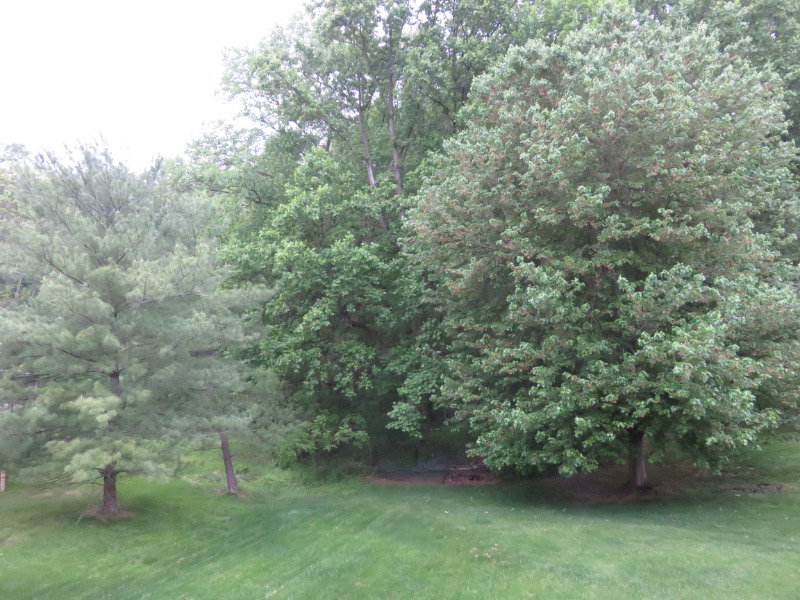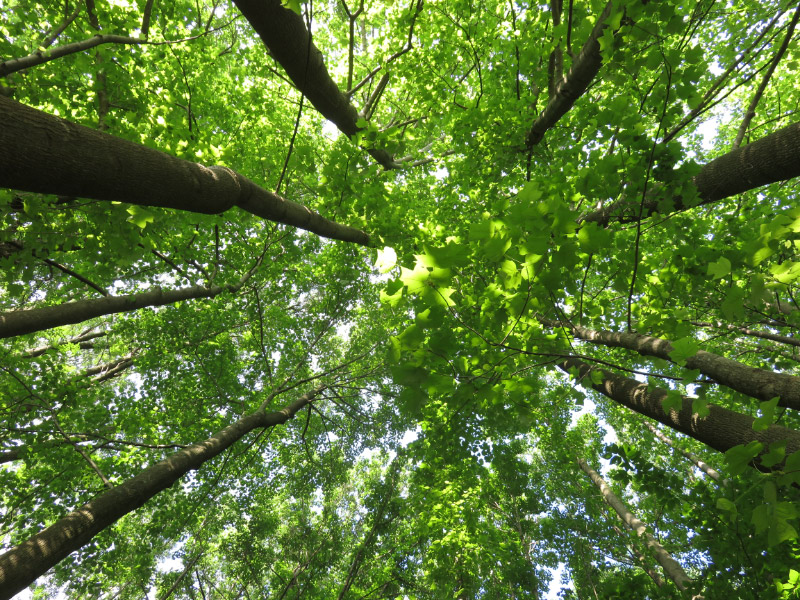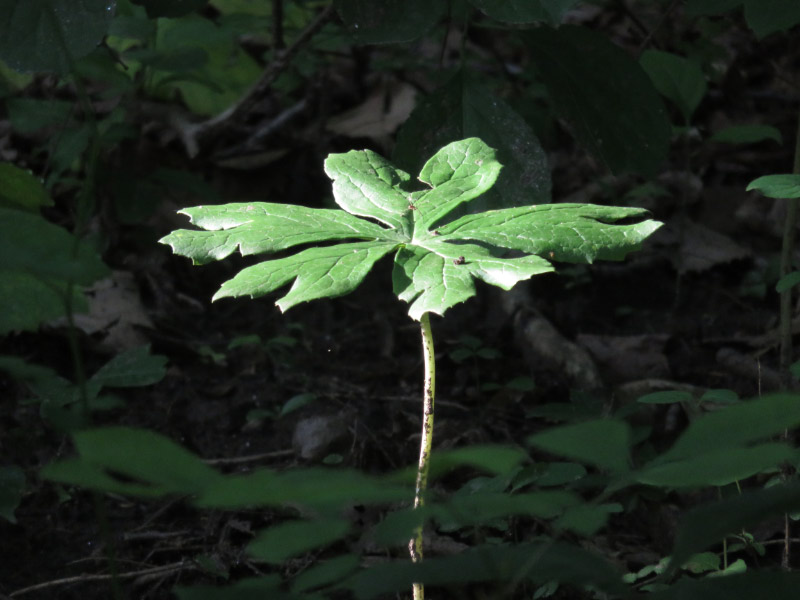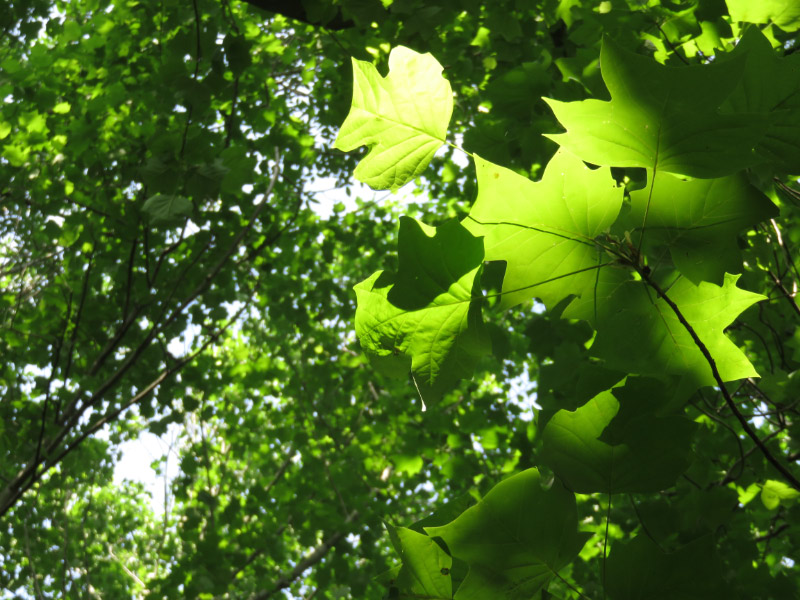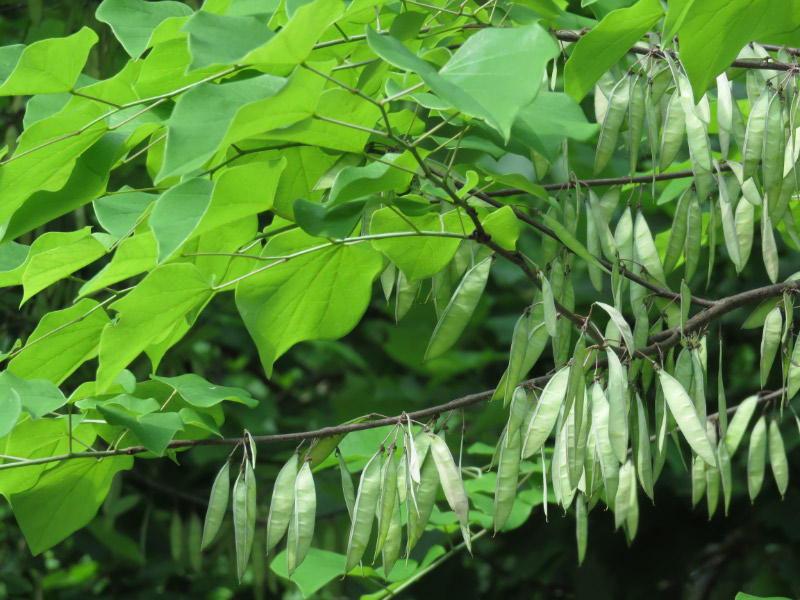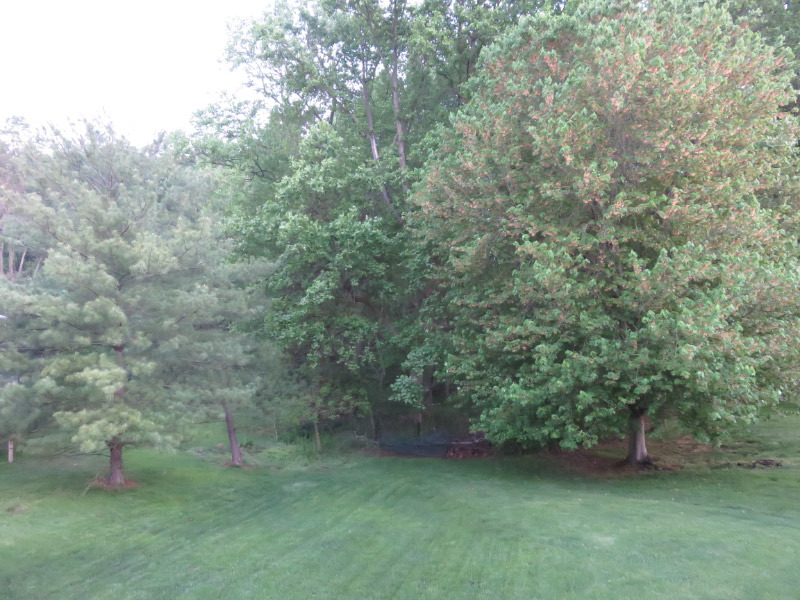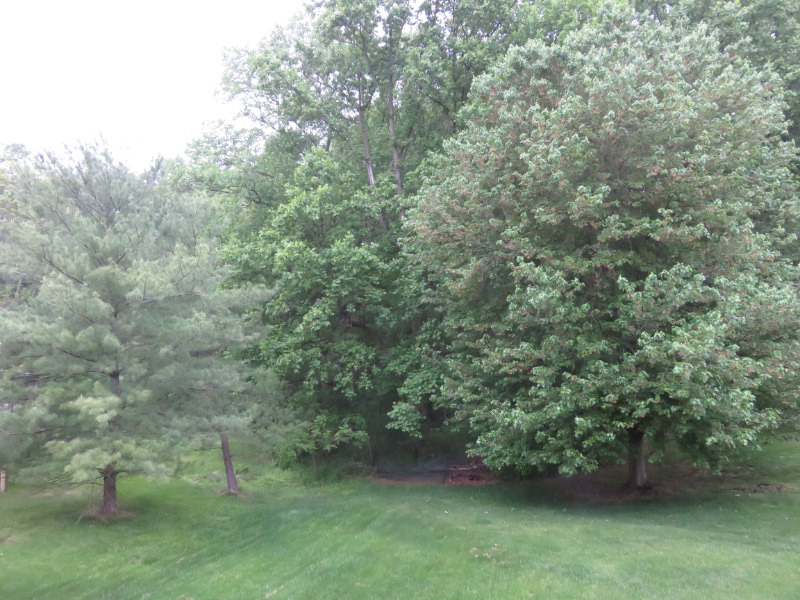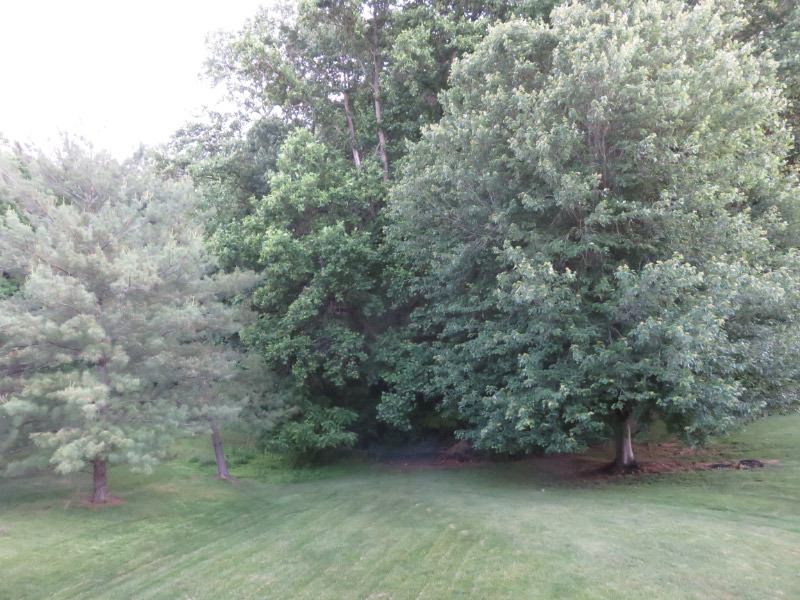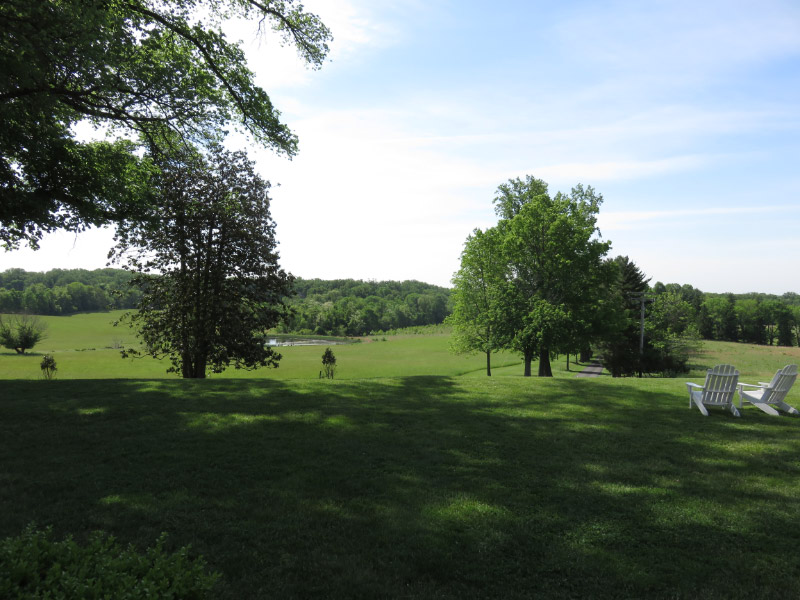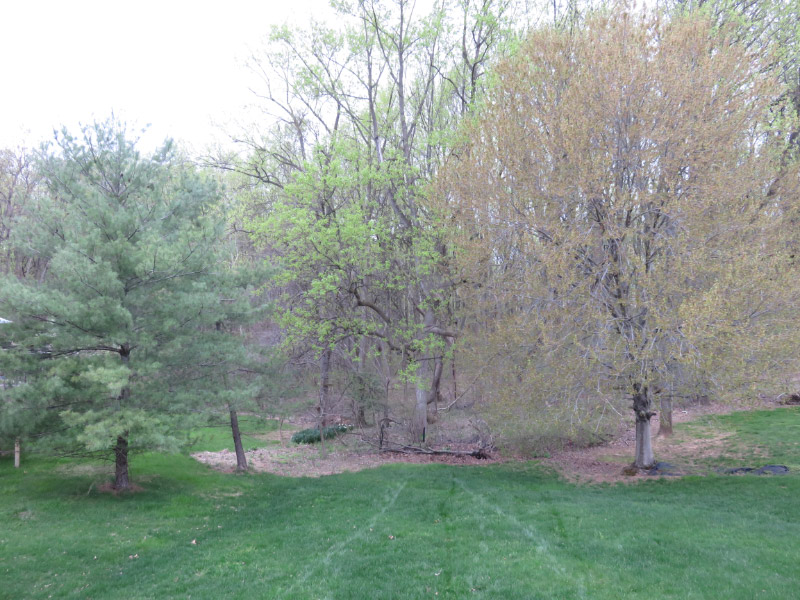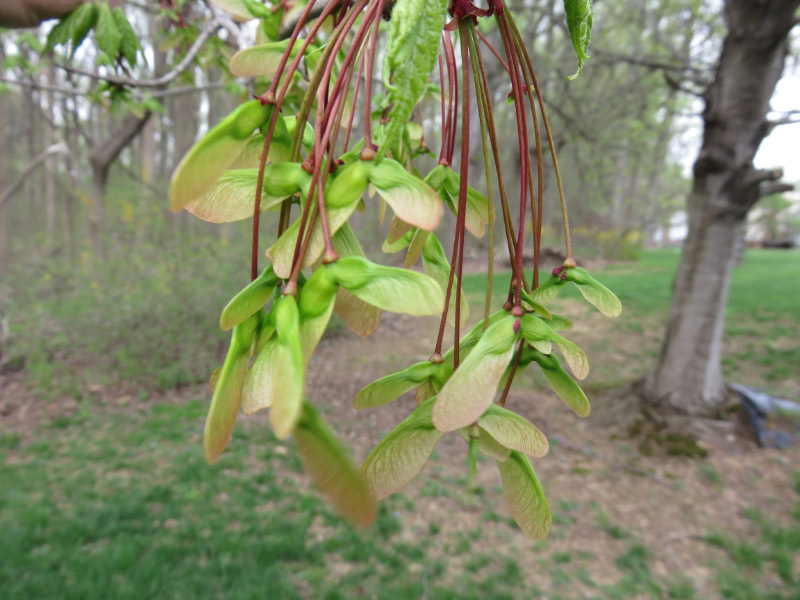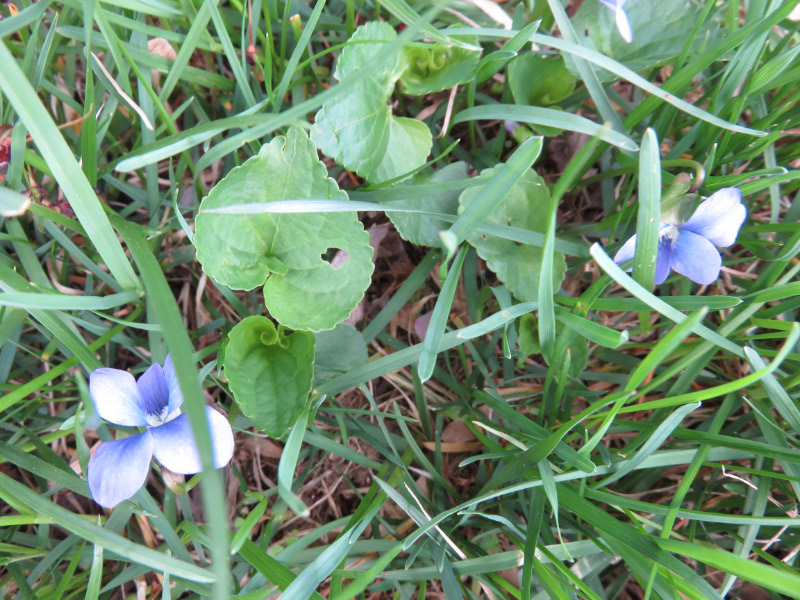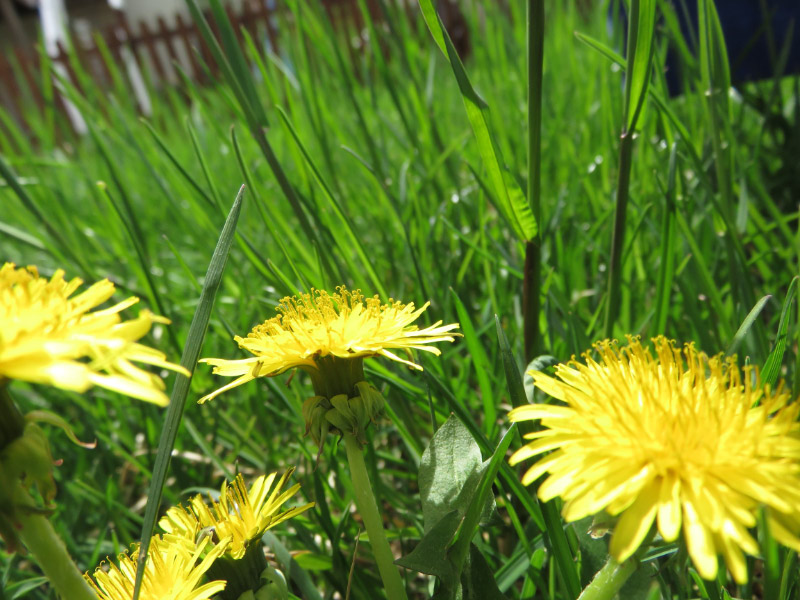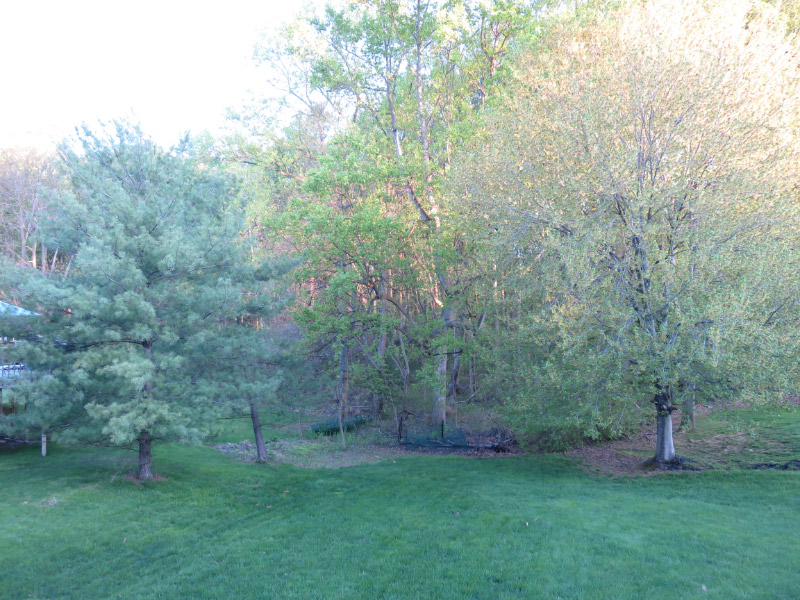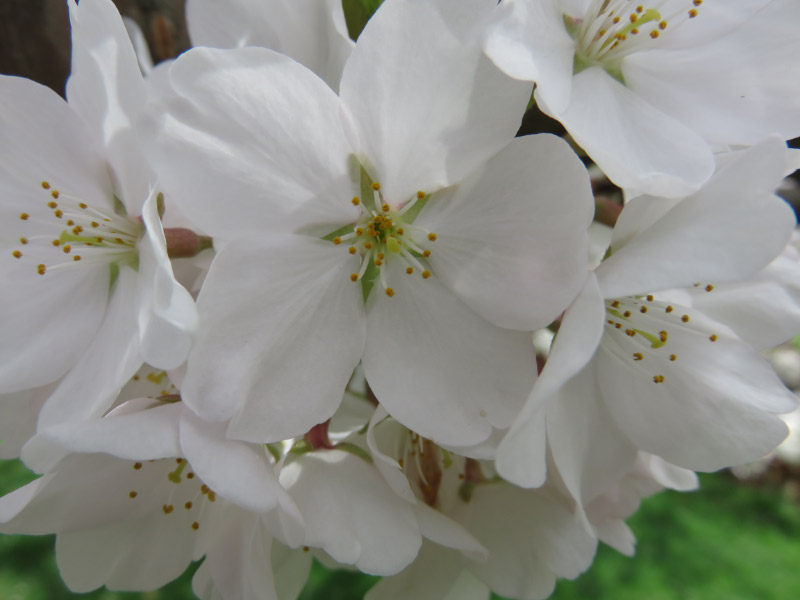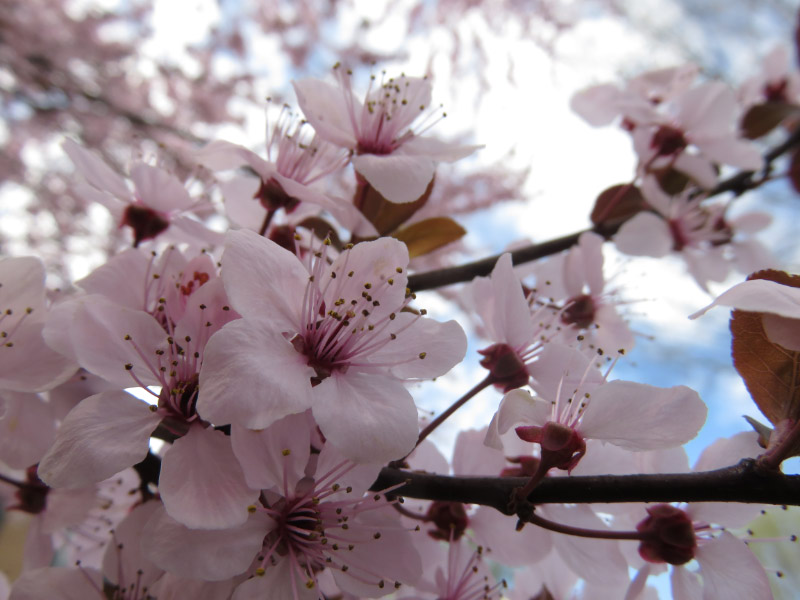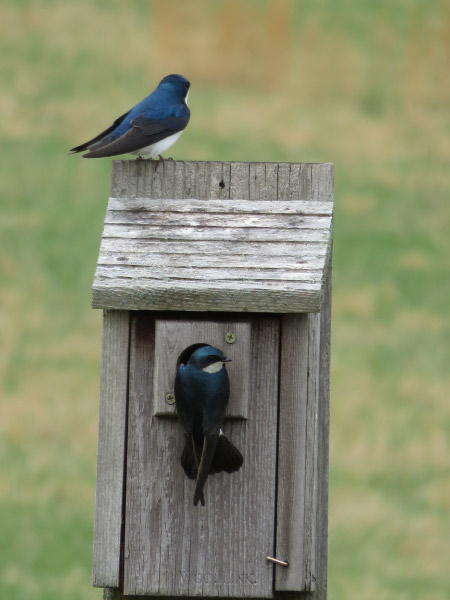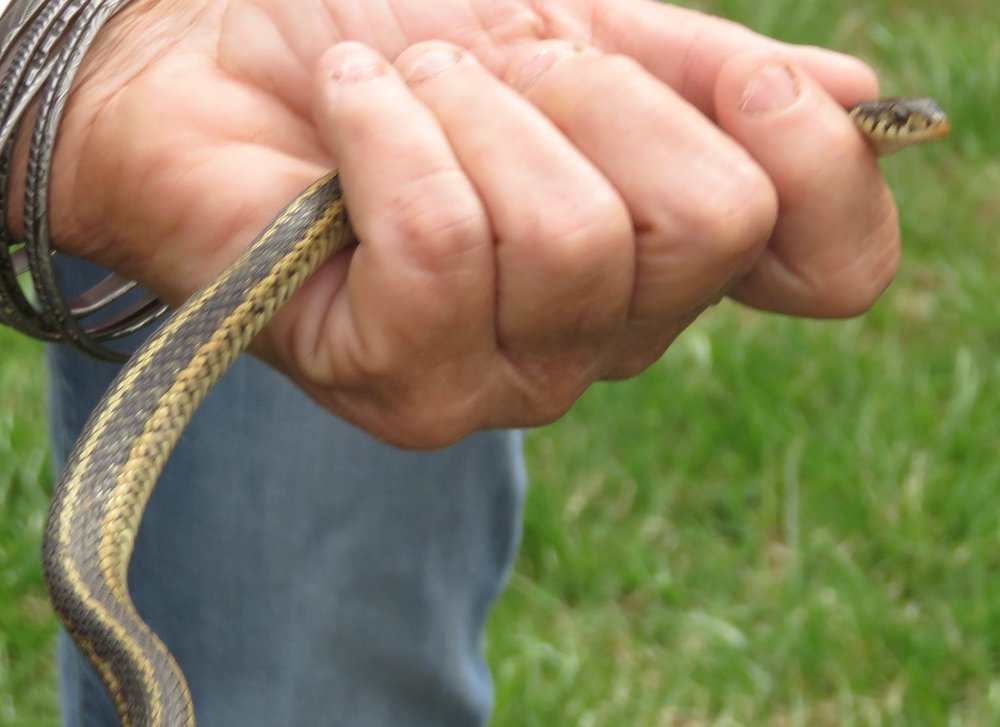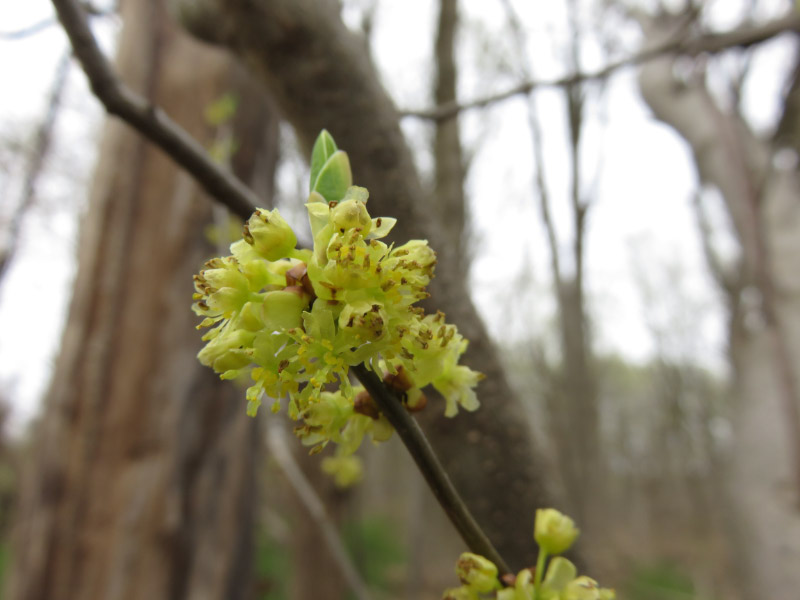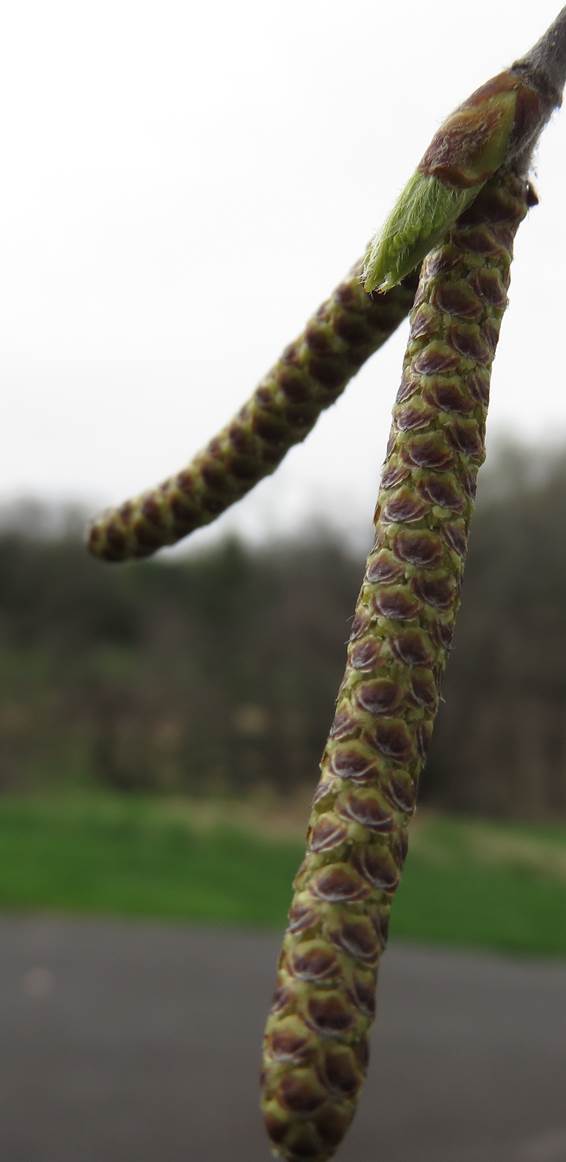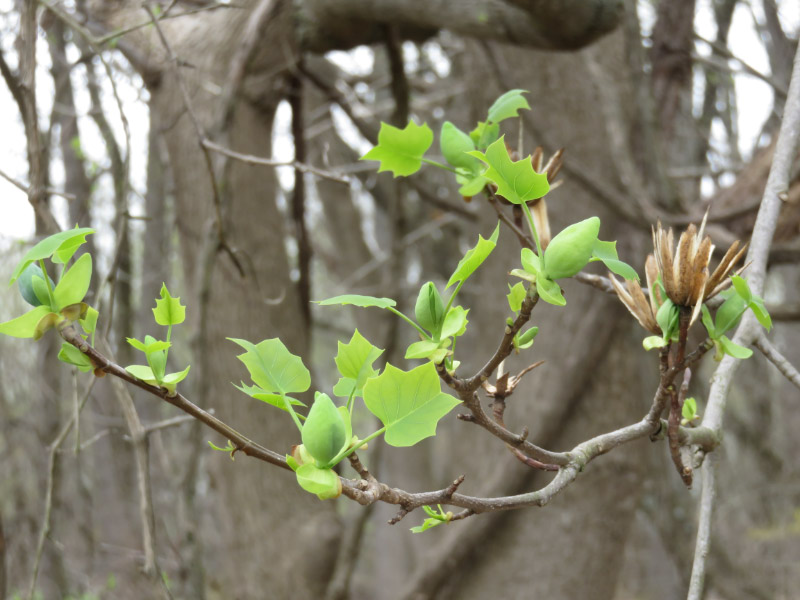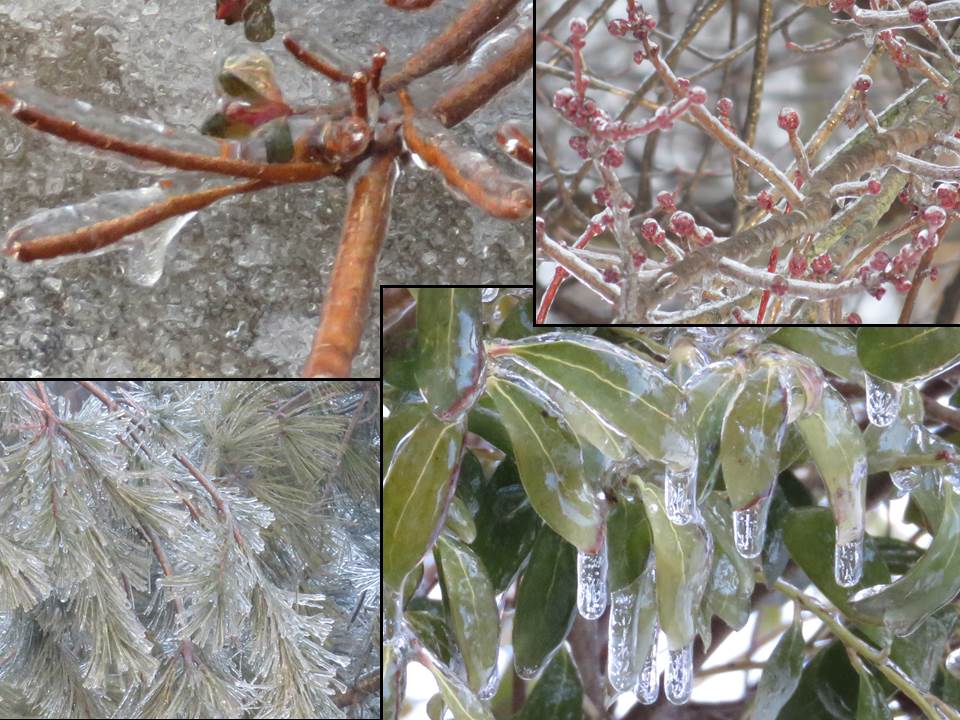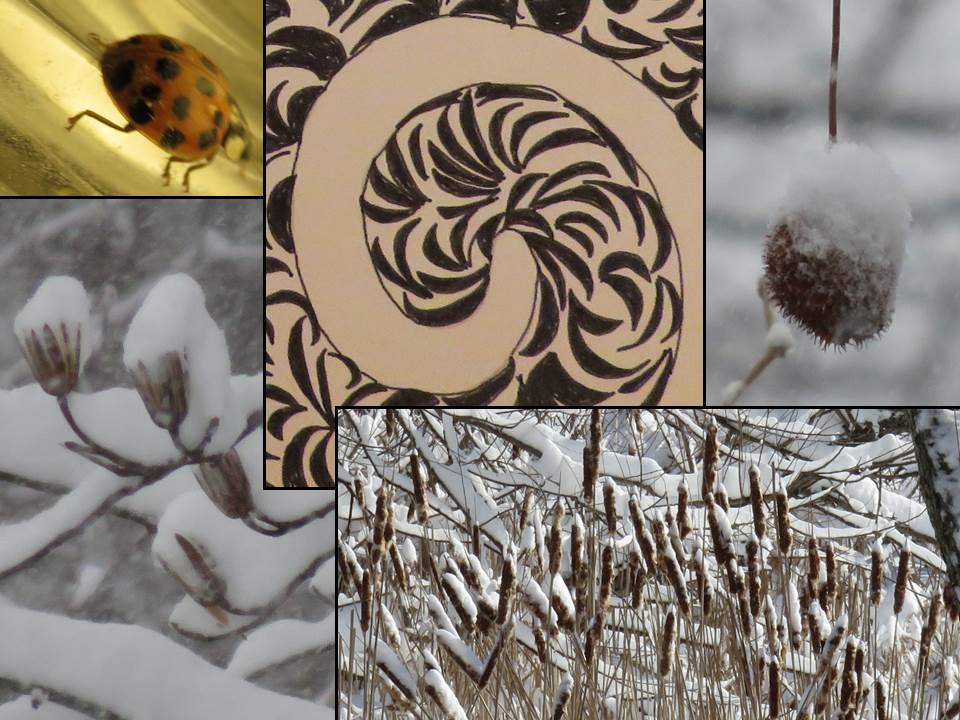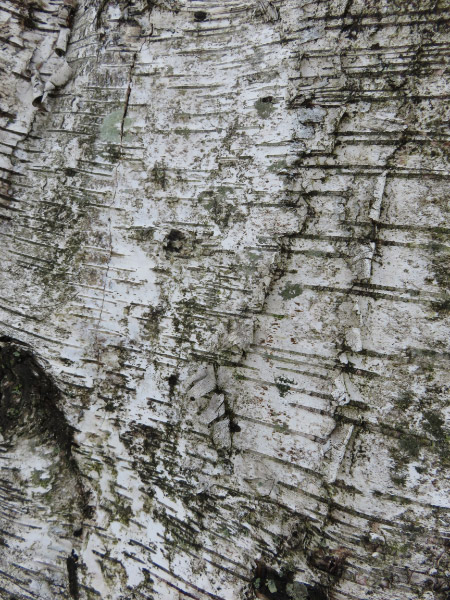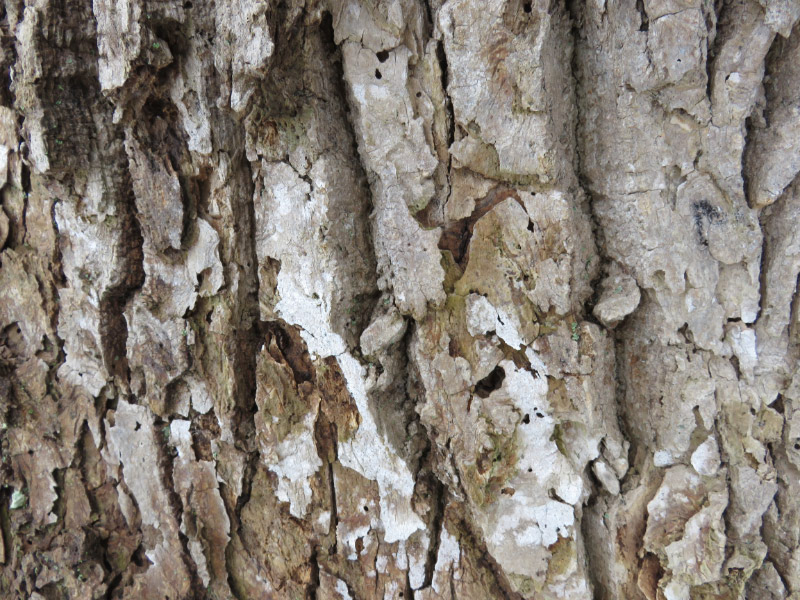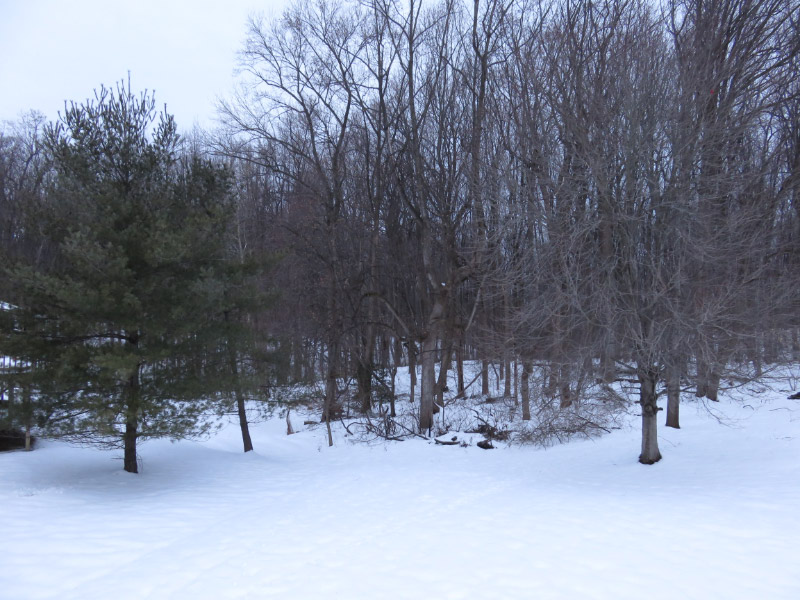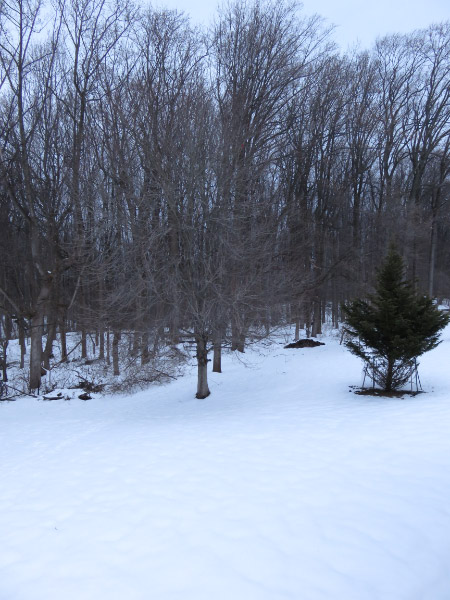Our Tulip Poplar
/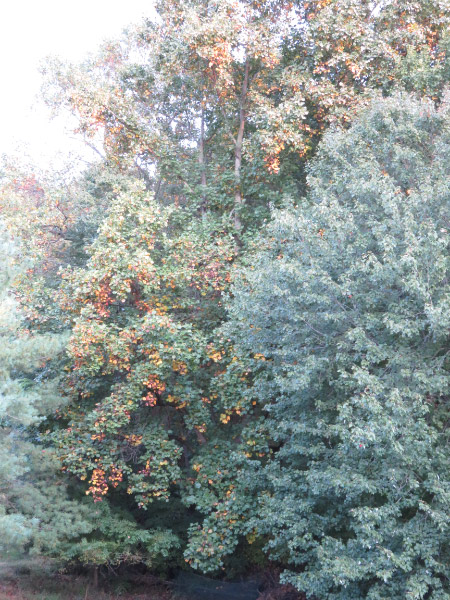 Our tulip poplar grows at the back of our yard – at the edge of the forest between a pine and a maple. Its leaves began to turn yellow relatively early in the fall but some of the leaves stay on the tree until the very end of the season. The first picture in this series was taken on October 10th; the tulip poplar already had yellow leaves while the maple was almost totally green.
Our tulip poplar grows at the back of our yard – at the edge of the forest between a pine and a maple. Its leaves began to turn yellow relatively early in the fall but some of the leaves stay on the tree until the very end of the season. The first picture in this series was taken on October 10th; the tulip poplar already had yellow leaves while the maple was almost totally green.
By October 24th, the poplar had yellow and brown leaves and some were beginning to fall to the ground. The maple was red at the branch tips and had not dropped many leaves at all.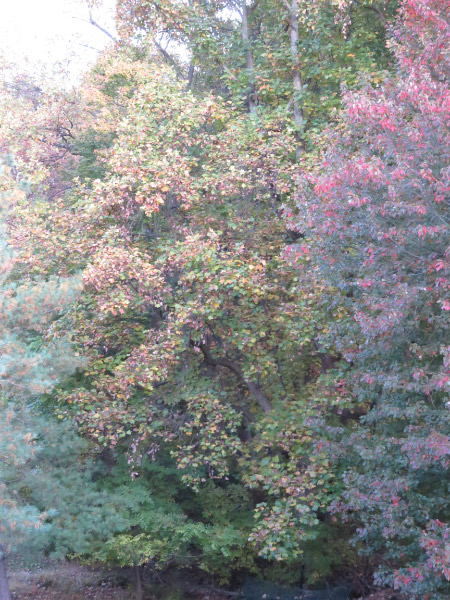
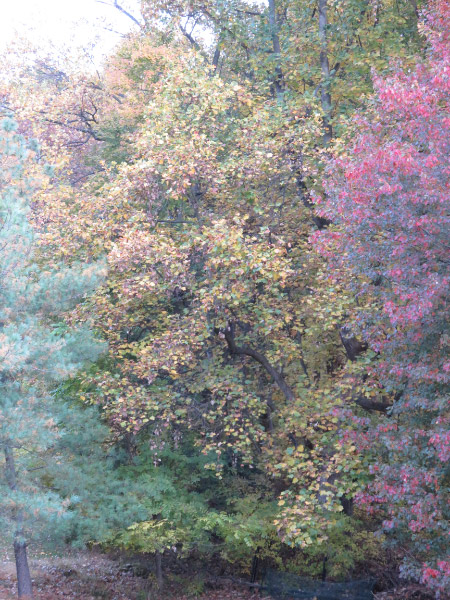 By October 27th, the poplar a thinned a bit.
By October 27th, the poplar a thinned a bit.
And by November 7th, both the maple and the tulip poplar had lost all their leaves!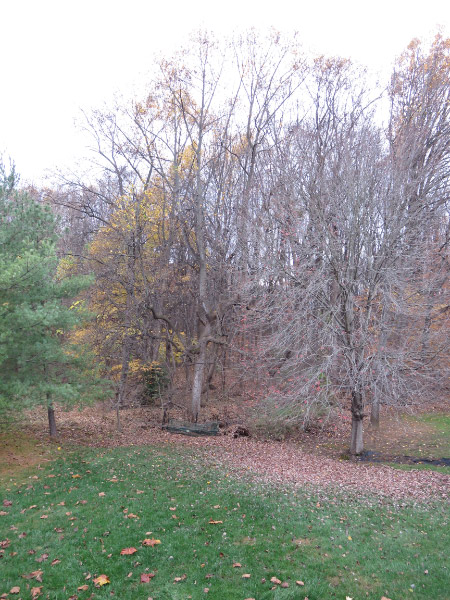
We moved into our house about this time of year over 20 years ago and the flying yellow leaves from the tulip poplar are the ones I associate the most with fall at this house. The trees are the tallest in the forest behind our house so they are impossible to ignore. The shape of the leaves is easy to recognize. Those leaves deteriorate rapidly from yellow to brown to mulch.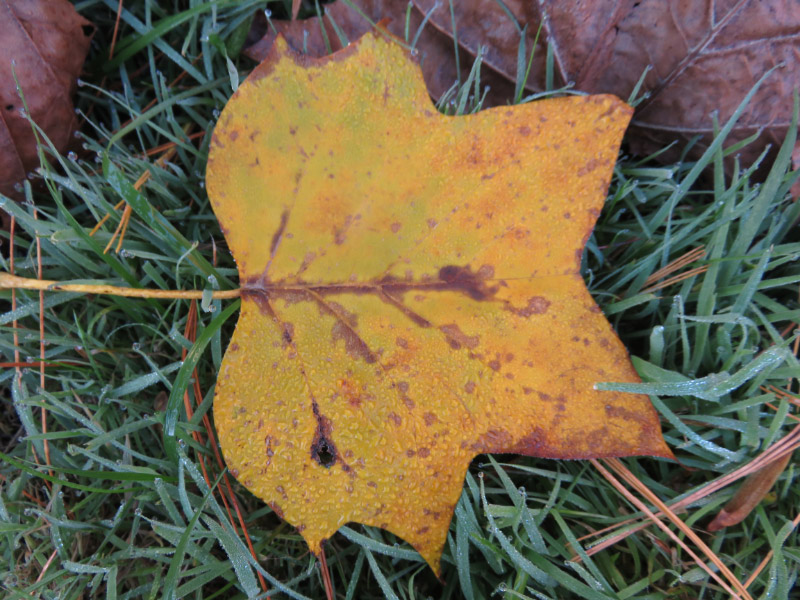
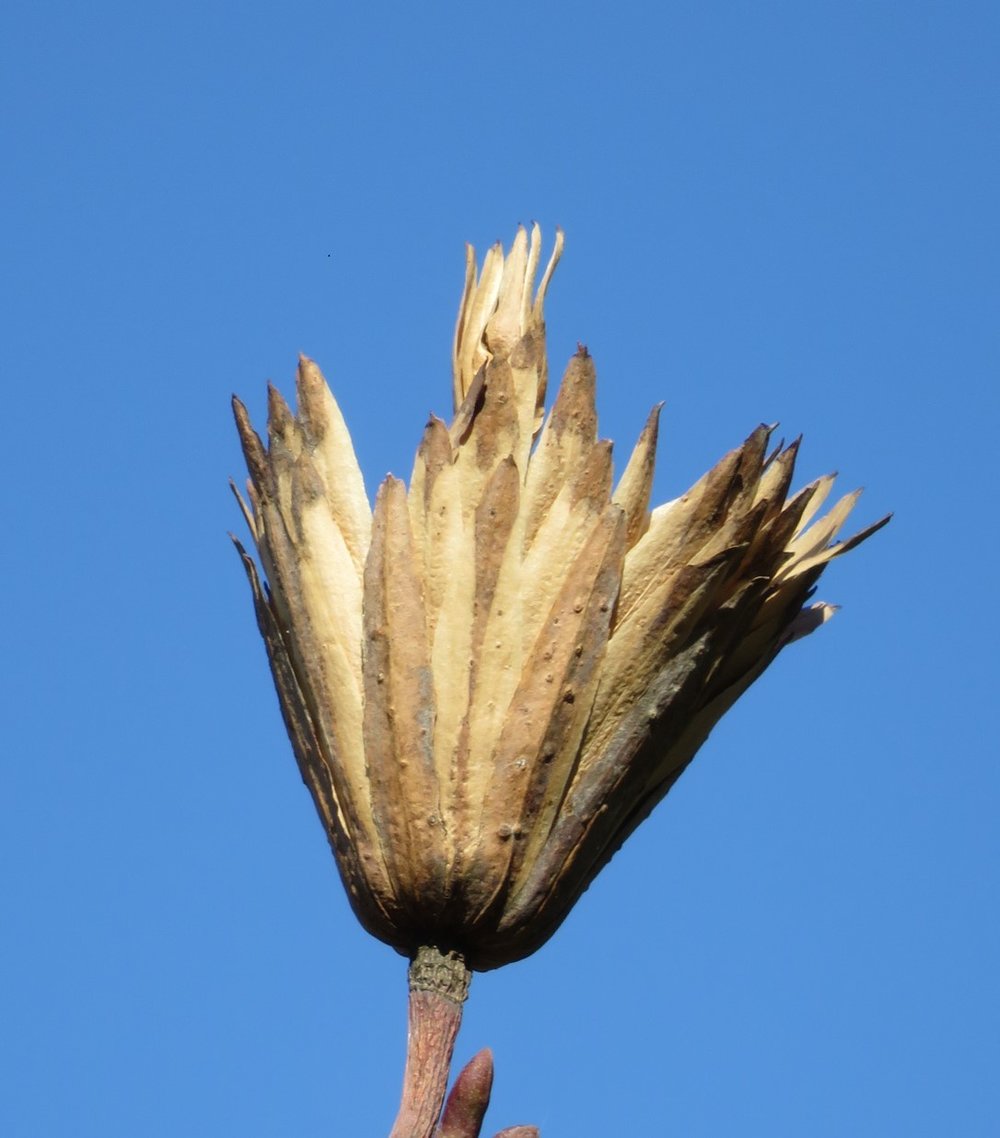 The seed pods last longer. They stay on the tree and release their seeds throughout the winter and into the next spring.
The seed pods last longer. They stay on the tree and release their seeds throughout the winter and into the next spring.
The tulip poplar was not a tree I ever saw growing up in Texas. When we moved to the east coast – to Virginia and then Maryland – they were one of the first trees that I noticed….and I like having one in my backyard so that I can see it every day.

